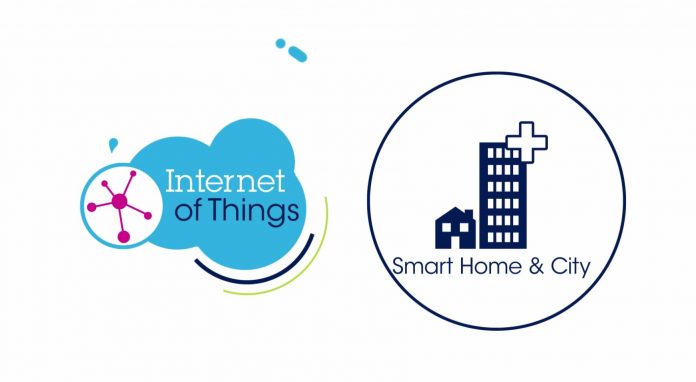The concept of “Smart” is relative to the era in which it is used. When the first domestic vacuum cleaner was introduced over a hundred years ago it was considered a smarter way to do housework – similarly with other electrically powered appliances that came into the home which were marketed as easier, more efficient ways of doing tasks that were purely manual before.
Skip forward to today and we see that the underlying concept of “smart” still remains in that things should be easier, more convenient and more efficient – but that we have also added a couple of layers to it.
“Smart” today is also about energy saving (although you could argue that “smart” before was about saving your manual labor), since those electrical devices have become prevalent in all areas of our homes and on a massive scale around the world. But it is also about being connected – which is where the Internet of Things comes in.
An isolated device can only know what is available from its own sensors, use its own processing power and is not able to evolve easily. A connected device can benefit from the information of a network of other devices, take advantage of processing done elsewhere and evolve its capabilities with the addition of applications and software functionalities.
At ST we see the Smart Home as a continuous evolution of the devices and systems in the home to become more efficient, intelligent, aware and connected.
The Smart Home is part of the smart city, as are smart buildings, but the city has an infrastructure and life of its own. As more and more of the world’s population moves to urban areas and the population density increases, cities provide numerous opportunities to apply smart technologies to save energy, reduce waste, and improve living conditions for the inhabitants.
A focus on energy efficiency is one direction of making our cities “smart.” While this involves making individual products that get by on less power, it also suggests rethinking entire systems and giving them built-in awareness. With this, street lights can “know” to dim or switch off to adjust to lighting conditions and municipal needs; “smart grids” can carefully monitor electrical demand and tailor supply when and where it’s needed.
We can also improve the driving experience in cities by applying smart technologies to reduce congestion and stress, increase economic activity, and make parking easier.
Smart cities will also enable service providers to optimize their operations based on real-time conditions. For example, trash collection services can optimize their pick-ups to minimize wasted travel and provide better services to residents – all based on inputs from sensor-equipped, connected garbage or recycling containers.
ST’s role in the evolving home and city is to provide the technology building blocks and development support for the creators of these new devices – whether they be evolutions of our existing ones or new devices that bring more comfort, convenience, security or entertainment to our lives.








